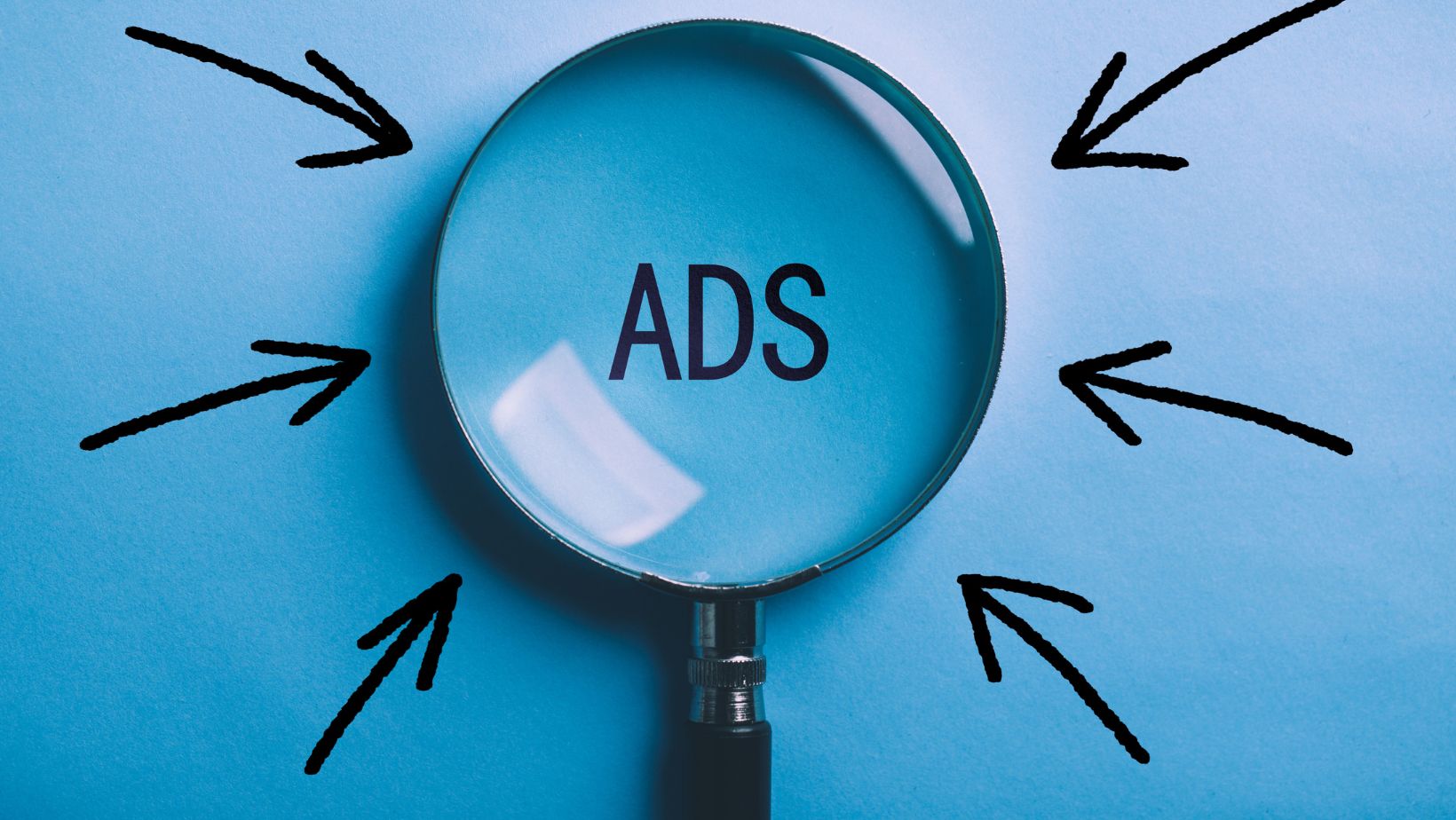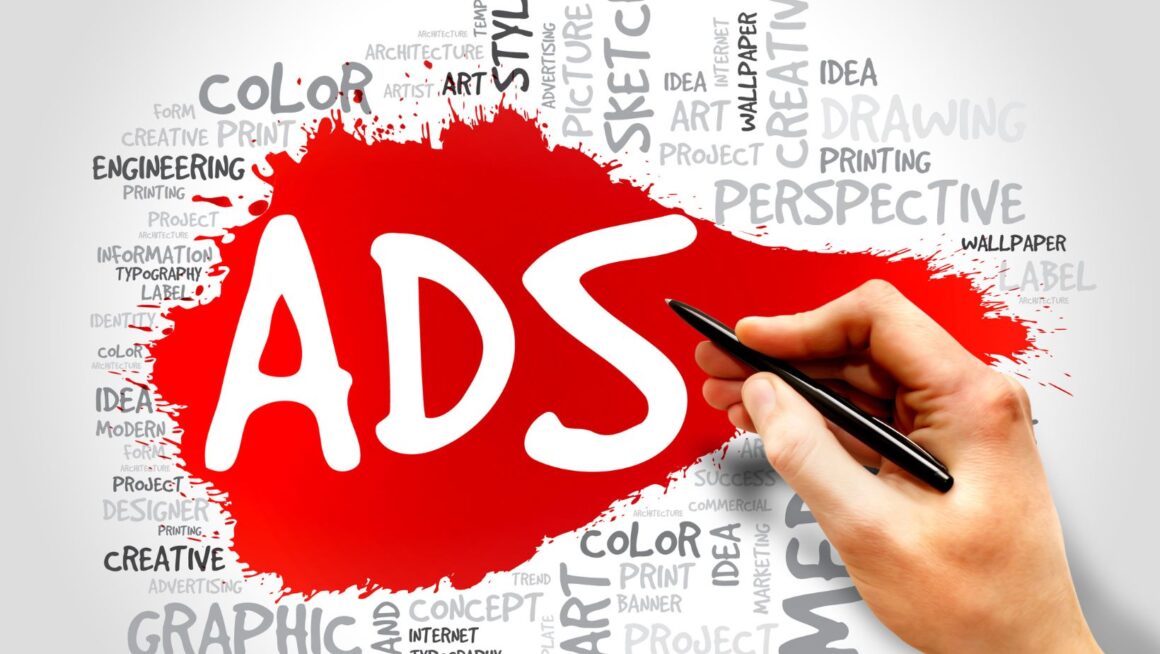Determining the right amount of your ad budget to spend on Facebook ads is a critical question with no single magic number. The ideal allocation depends on your specific business goals, industry, and overall marketing budget. While the Facebook ads cost is variable, a common approach for businesses is to allocate between 10% and 20% of their total digital advertising budget to social media advertising, with Facebook often taking the largest share of that portion due to its vast reach and powerful targeting capabilities.
| Business Stage & Goal | Recommended Daily Budget | Budgeting Strategy & Focus |
| New Business / Testing Phase | $10 – $25 per day | Data Collection: The primary goal is not immediate sales, but to gather data. Use this small ad spend to test different creatives, audiences, and messaging to understand your initial CPA (Cost Per Acquisition) and CPC (Cost Per Click). |
| Small Business / Consistent Growth | $25 – $100 per day | Optimization & Lead Generation: You have some performance data. The focus is on running consistent lead generation or conversion campaign efforts, optimizing for a target CPA, and generating a steady stream of customers. |
| Established Business / Scaling Phase | $100+ per day | Scaling & Maximizing ROAS: You have a proven, profitable formula. The goal is to scale up your ad spend on winning campaigns while maintaining a strong ROAS (Return on Ad Spend). This involves larger budgets for retargeting, lookalike audiences, and top-of-funnel brand awareness campaigns. |
| Large Enterprise / Brand Dominance | Varies Significantly | Full-Funnel & Brand Building: Budget is often determined as a percentage of overall revenue. The strategy involves a complex, multi-layered approach with significant ad spend on brand awareness, consideration, and conversion objectives to dominate the market. |
E-Tablolar’a aktar
Why There’s No “One-Size-Fits-All” Facebook Ad Budget
If you ask ten different marketers how much to spend on Facebook advertising, you’ll likely get ten different answers. That’s because the “right” budget is completely unique to each business. A local startup testing the waters will have a vastly different ad spend than a national e-commerce brand looking to scale its sales.
Instead of looking for a magic number, the smart approach is to understand the key factors that influence your budget. Your ad budget should be a strategic decision based on a clear understanding of your business’s financial realities and marketing objectives. It’s a dynamic figure that should evolve as you gather more data and as your business grows. The goal is to spend enough to achieve meaningful results without putting your business at financial risk.
Key Factors That Influence Your Facebook Ad Budget
To determine your ideal starting point, you need to analyze several critical aspects of your business and marketing strategy.
1. Your Business Goals and Objectives
What do you want to achieve with your ad campaign? Your primary objective is the single biggest factor in determining your budget.
- Brand Awareness: If your goal is to introduce your brand to a new, broad target audience, your budget will be based on reaching a certain number of people (measured by Cost Per 1,000 Impressions or CPM). This often requires a larger, sustained ad spend.
- Lead Generation: Here, your budget will be based on a target CPA (Cost Per Acquisition). You’ll need to spend enough to generate a statistically significant number of leads to properly optimize the campaign.
- Direct Sales (Conversions): For e-commerce, your budget will be dictated by your desired ROAS (Return on Ad Spend). You need to spend enough to gather sufficient conversion data for Facebook’s algorithm to find more buyers.
2. Your Industry and Target Audience
The level of competition in your industry directly impacts the Facebook ads cost. A more competitive market (like fashion or software) will have a higher cost per click (CPC) and CPA than a niche hobby market.
 You’ll need a larger budget to compete effectively in a crowded space. Similarly, the size and specificity of your target audience matter. A very niche audience may be cheaper to reach, while a broader audience will require a larger ad spend to make an impact.
You’ll need a larger budget to compete effectively in a crowded space. Similarly, the size and specificity of your target audience matter. A very niche audience may be cheaper to reach, while a broader audience will require a larger ad spend to make an impact.
3. Your Sales Funnel and Customer Lifetime Value (LTV)
How much is a new customer worth to your business over their entire relationship with you? Understanding your LTV is crucial. A business with a high LTV (like a subscription service or a high-end retailer) can justify a higher initial CPA because they know they will make that money back over time. If you only focus on the profit from the first sale, you might prematurely turn off a profitable ad campaign.
4. Your Profit Margins
Your product or service’s profit margin dictates how much you can afford to spend to acquire a customer. If you have very thin margins, you need a highly efficient ad campaign with a low CPA and a high ROAS. If you have healthy margins, you have more flexibility to invest in testing and scaling your Facebook advertising efforts.
Common Budgeting Models for Facebook Ads
There are two primary models for setting your marketing budget and, by extension, your Facebook ad spend.
The Percentage of Revenue Model
This is a straightforward approach where you allocate a certain percentage of your total business revenue to marketing. A common benchmark for small to medium-sized businesses is to allocate 7-12% of revenue to their overall marketing budget. A portion of this budget would then be dedicated to social media advertising, with Facebook often being a primary channel. This model ensures your ad spend scales in line with your business’s growth.
The Goal-Oriented Model (Objective-Based)
This is a more strategic, bottom-up approach. You start with your goal and work backward to determine the necessary budget. For example:
- Your Goal: Generate 50 sales this month.
- Your Website’s Historical Conversion Rate: 2%.
- Your Estimated Cost Per Click (CPC): $1.50.
To get 50 sales, you would need: 50 sales / 0.02 conversion rate = 2,500 clicks. The budget required would be: 2,500 clicks * $1.50 CPC = $3,750. This model directly ties your ad spend to your desired outcomes.
The Testing Phase: Starting with a Small, Data-Driven Budget
If you are new to Facebook advertising, it is highly recommended to start small. Do not invest a large portion of your marketing budget before you have any data.
Start with a modest daily budget, such as $10-$20 per day for each ad set you are testing. The goal of this initial phase is not to generate a massive profit, but to gather crucial data on your key performance indicators (KPIs). You want to find answers to questions like:
- Which target audience responds best?
- Which ad creative gets the highest click-through rate (CTR)?
- What is our average CPC and CPA?
Once you have identified a winning combination of audience and creative that is delivering a positive ROAS, you can then confidently increase your ad spend.
When to Scale Your Facebook Ad Spend
Scaling your budget is how you grow your business, but it must be done strategically. The primary signal to start scaling is consistent profitability. If your ad campaign has been achieving or exceeding your target ROAS or CPA for at least 7-10 days, it’s a good candidate for an increased budget.
When you scale, do so gradually. A common rule of thumb is to increase the budget by no more than 20-25% every few days. A sudden, large increase can shock Facebook’s algorithm and reset its learning phase, which can temporarily hurt your campaign performance. Monitor your key performance indicators (KPIs) closely as you scale to ensure your CPA remains stable and your ROAS stays profitable.

